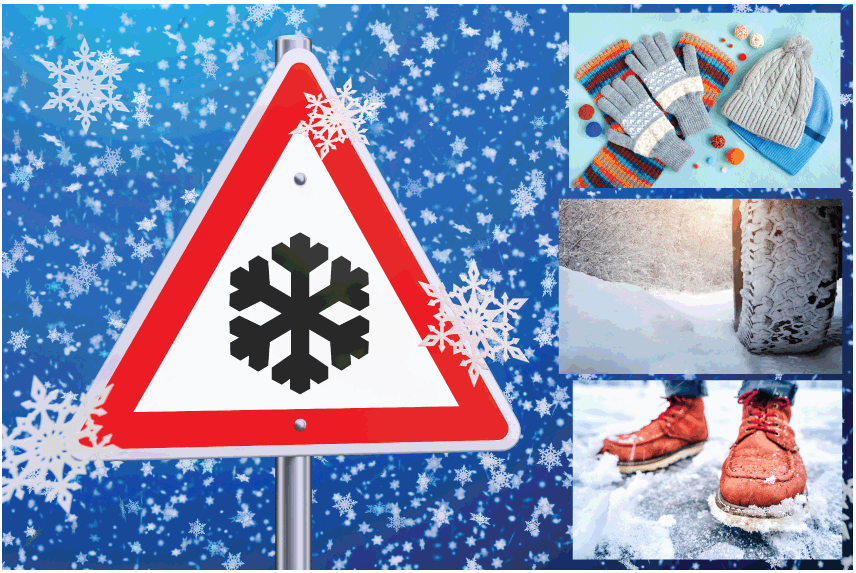
Due to climate change, extreme cold weather is becoming more common, and more dangerous. December through to February is when we tend to get the coldest weather in the UK, so this is when you should be on your highest alert for possible risks around you.
Here, we’ll have a look at when cold temperature is dangerous, the effects it could have, and how to keep yourself safe during the winter.
What is Considered Cold Weather?
From November 1st to March 31st, the cold weather health watch system operates in England as part of the Met Office. It will announce weather warnings as and when necessary regarding the temperature and the likelihood of ice and snow, from level 1 (winter preparedness and action) to level 4 (national emergency).
As of early December 2022, England has already been receiving level 3 (severe weather action) warnings, and temperatures in minus figures. Cold weather is officially considered to be anything below 0 degrees Celsius, or 32 degrees Fahrenheit.
Extreme cold weather safety is no joke, despite how much we might enjoy the snow. Here are some of the dangers, and how to stay safe.
How to Avoid the Dangers of Cold Weather
Wrap up Warm
It’s not just about the thickness of your clothes, but having the different layers, too. You should combine different materials for the best result, like a layer of cotton fabric to absorb moisture and wool to prevent overheating.
Be careful not to over-layer, though. Wearing too much clothing can cause you to feel claustrophobic and anxious if it gets to the point of limiting your mobility. It’s crucial to be able to still move, as good blood flow is what keeps us warm best. For example, try not to leave your hands motionless in your pockets too much.
Be Cautious of Slipping
Cold weather is likely to make roads and paths more slippery, so be careful not to fall. Ice isn’t always visible. So, pace yourself as you walk, or wear shoes with extra grip during winter months to better secure yourself.
You should also be aware of the potential for snow or ice to be in places you’re not necessarily expecting. For example, it’s easy for it to get on your shoes and be walked inside, which will then melt and cause a separate slipping hazard of its own. If this happens, be sure to have a wet floor sign on hand to prevent anyone falling victim.
Drive Extra Carefully
If the pavements are slippery to walk on, the roads are going to be just as slippery for driving. Fog and snow can also limit your visibility when driving in the car, so make sure your fog lights and headlights are in good working condition before setting out on the road.
You might also want to swap out your tyres in the winter for ones with better grip. If you do this, however, contact your insurer to make sure that it won’t affect your premium, first.
For most jobs, the commute to work will be the coldest part, and will only be temporary during the winter. In some places of work, however, cold temperatures are part of the job year-round. When this is the case, consider our low temperature warning signs to make sure everyone is properly prepared when entering the area.
Be Safe in the Cold with Label Source
At Label Source, we provide safety signs and labels for every situation, so you can make sure your workplace, event, and anywhere else you’re in charge of is as safe as possible. Start browsing our full range, or get in touch with one of our friendly experts today.